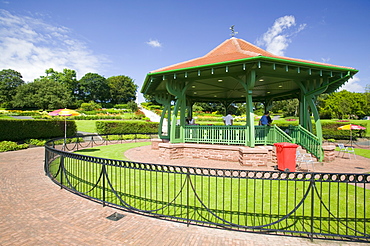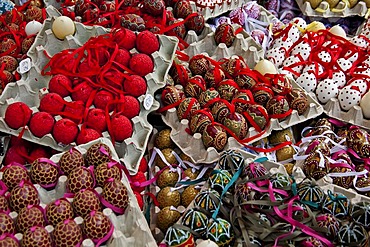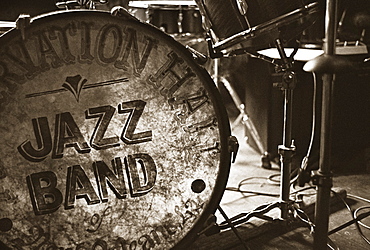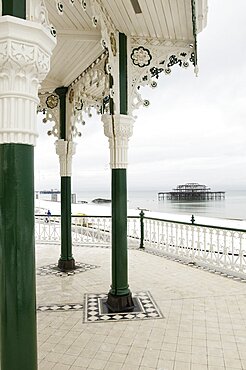Results
1 results found

View from band stand shell to the New Castle on Schlossplatz Square, Stuttgart, Neckar Valley, Baden-Wurttemberg, Germany, Europe

Autumn maple leaves in October, part of the beautiful New England fall display, round the band stand on the Town Common of Hopkinton, starting point of the Boston Marathon, Massachusetts, USA

Autumn maple leaves in October, part of the beautiful New England fall display, and the Stars & Stripes, round the band stand on the Town Common of Hopkinton, starting point of the Boston Marathon, Massachusetts, USA
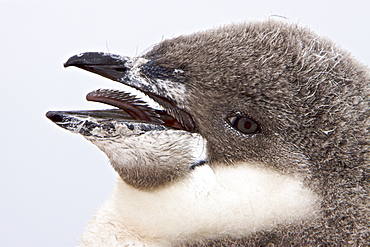
Chinstrap penguin (Pygoscelis antarctica) chick head detail at colony on Useful Island near the Antarctic Peninsula. There are an estimated 2 million breeding pairs of chinstrap penguins in the Antarctic peninsula region alone, perhaps as many as 7.5 million breeding pairs in all of Antarctica. Their name derives from the narrow black band under their heads which makes it appear as if they are wearing black helmets, making them one of the most easily identified types of penguin. Other names for them are "Ringed Penguins", "Bearded Penguins", and "Stonecracker Penguins" due to their harsh call. They grow to 68 cm (27 in). The average adult weight of a Chinstrap Penguin is 4.5 kg (10 lbs). Weight can range from 3 to 6 kg (6.6-13.2 lbs), with males being slightly larger and weight varying based on where the penguin is in the breeding cycle. Their diet consists of krill, shrimp, and fish. On land they build circular nests from stones, and lay two eggs, which are incubated by both the male and the female for shifts of five to ten days. They can also breed on icebergs, though they prefer non-icy conditions. The chicks hatch after about 35 days, and have fluffy gray backs and white fronts. The chicks stay in the nest for 20?30 days before they go to join a creche. At around 50?60 days old, they moult, gaining their adult plumage and go to sea. The Chinstrap Penguin was first described by German naturalist Forster in 1781. Its specific epithet was often seen as antarctica, however a 2002 review determined the genus Pygoscelis was masculine, and hence the correct binomial name is Pygoscelis antarcticus.

Qatari in traditional clothing with gutra, in front of Khor Al Udeid Beach, Khor El Deid, Inland Sea, desert miracle of Qatar, Emirate of Qatar, Persian Gulf, Middle East, Asia
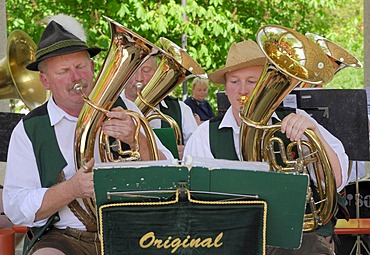
Horn players of the Altnussberger music group at the folk music festival "Drumherum" in Regen, Lower Bavaria, Germany, Europe

Concert of the pop band Pur on the Loreley open air stage, St. Goarshausen, Rhineland-Palatinate, Germany, Europe

Concert of the pop band Pur on the Loreley open air stage, St. Goarshausen, Rhineland-Palatinate, Germany, Europe
